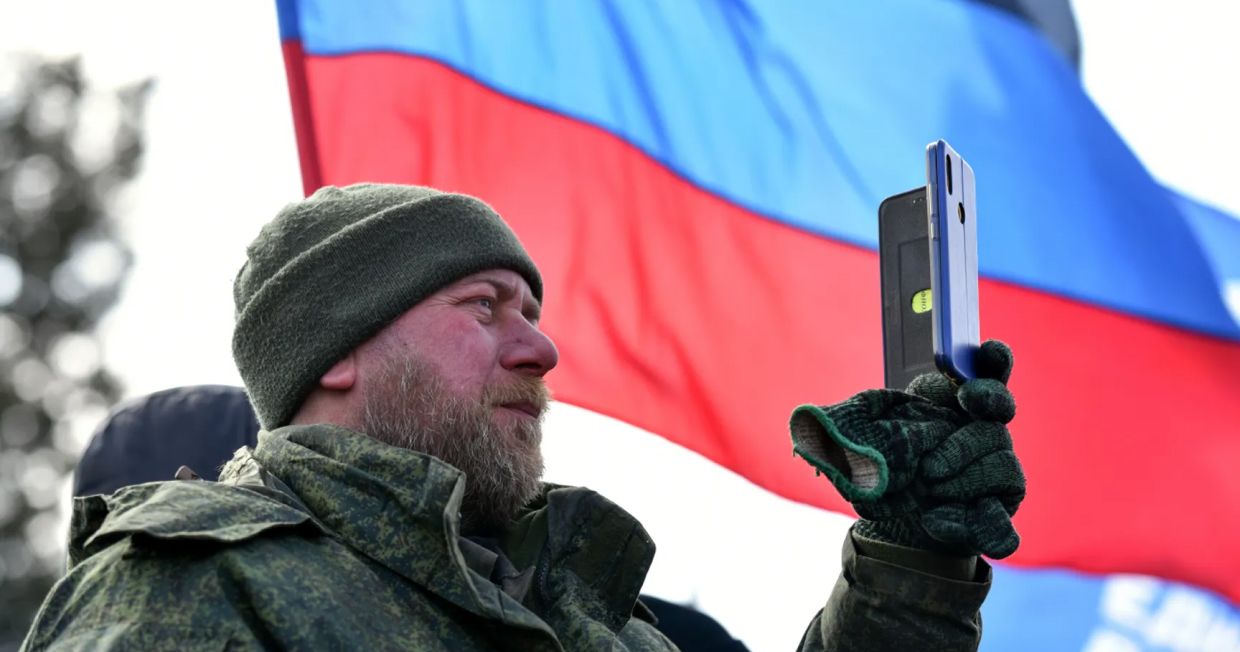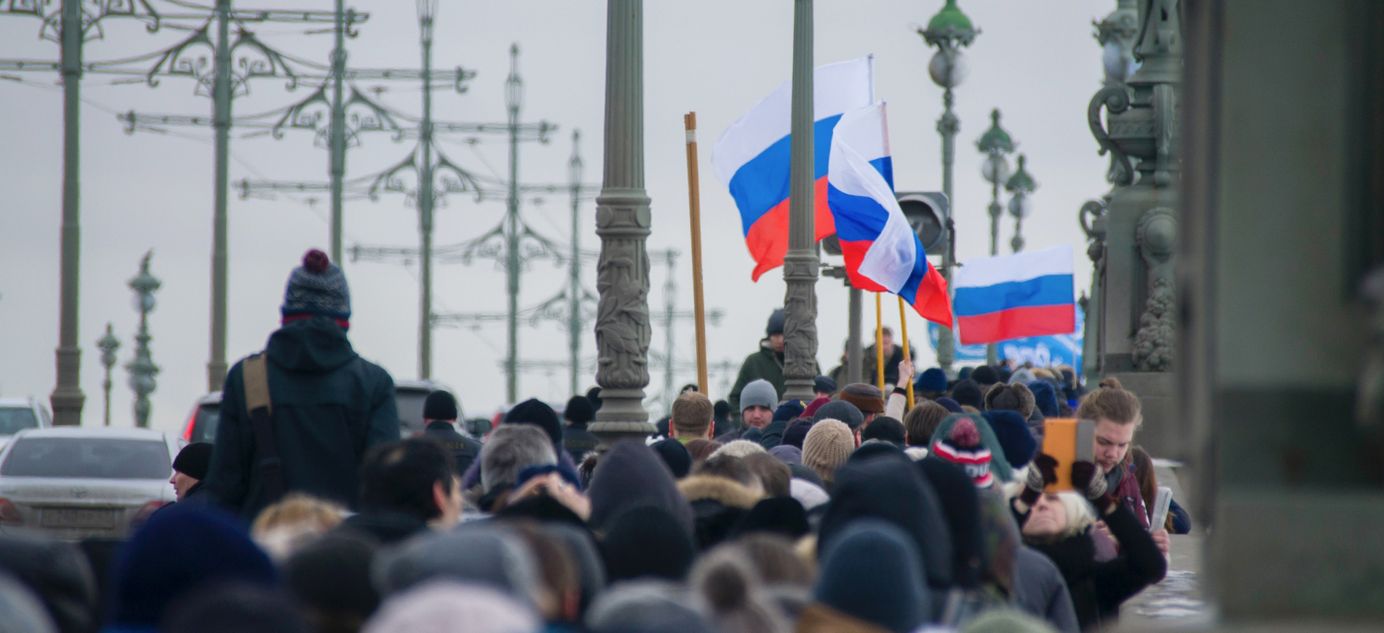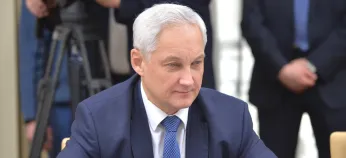
Russia’s pro-war bloggers become a serious threat to the Kremlin
This week’s fighting saw Ukraine’s armed forces inflict a major defeat on Russia, almost completely liberating the Kharkiv region. Neither Russian nor Ukrainian officials offered any significant information about the course of the offensive and, unsurprisingly, the gap was filled by bloggers and Telegram channels. Russian pro-war bloggers, who have become a leading source of objective information about the fighting, were not slow to criticize the Kremlin and the Defense Ministry to their audience of millions. We explain how this part of the media functions, and who is worth reading.
What’s going on?
The Ukrainian military’s sudden offensive in the Kharkiv region turned into Russia’s worst defeat in six months of war. In just four days, Ukrainian troops broke through the Russian lines and forced the Defense Ministry to withdraw forces from the entire region. Russia controlled a third of the district from the start of hostilities.
Ukraine’s Sept. 6-10 offensive was not just a major military reversal: for Moscow, it became a PR disaster. Up until Sept. 10, the Defense Ministry and official propaganda were absolutely silent about the battle in the Kharkiv region, even though it was obvious to anyone following the war through open-source information that Russian forces had big problems.
It wasn’t until Saturday afternoon that the ministry announced a “regrouping” of Russian forces from Kharkiv to the unrecognized Donetsk People’s Republic, in what it called an “increase of efforts in the Donetsk direction.” Leading Russian officials demonstratively ignored the military reversal. At the time, President Vladimir Putin was opening Europe’s largest observation wheel in Moscow, followed by a fireworks display to mark the city’s birthday.
The behavior of both the Kremlin and the Defense Ministry is the latest disappointment for patriots and Russian nationalists, who have offered scathing criticism on some of the leading pro-war Telegram channels. Within the “fog of war,” patriotic Russian channels – many of which are run by people on the front lines or who have good sources in the Russian forces and are often unconcerned about military censorship – are almost the principal sources of information about the true state of affairs at the front.
Since February, these pro-war channels have emerged from the margins to form one of the most popular segments of Russian social media. The average audience for each of these channels is around 500-700,000. While they are all supportive of the war and “our guys,” they also often criticize the Defense Ministry and the Kremlin, accusing them of indecisiveness. They frequently call for an all-out war, full mobilization and even the use of tactical nuclear weapons. They do not simply regurgitate the Kremlin’s narrative. On Saturday, while propaganda channels were broadcasting pathetic accounts of how “Russian units are purposefully regrouping” and “the enemy is driving himself into a trap,” Russia’s “ultra-patriots” openly admitted defeat and offered objective reports of Ukrainian successes (accompanied, of course, by curses against Ukraine’s forces).
The growing popularity of nationalist channels cannot fail to alarm the Kremlin. Even before the Kharkiv offensive, renowned journalist Ekaterina Vinokurova cited a source in the presidential administration complaining of irritation with these so-called “angry patriots.” This was not limited to longtime Kremlin critics like Igor Strelkov (Girkin), but extended to “playful loyalists” such as the writer Zakhar Prilepin. “The main complaint about the ultra-patriots is their attempts to dictate their agenda and their view of the special operation to the Kremlin,” Vinokurova’s source said. The same source added that those ultra-patriots who enjoy direct influence are getting advice from above to scale back the pathos and the amount of reporting.
Which patriotic channels are worth following?
Ultra-patriotic, pro-war Telegram channels fall into several groups, each of which has its own distinctive nature.
Anonymous channels: The best-known anonymous pro-war channel is Rybar (“The Fisherman”) with 770,000 followers. It is not known who is behind the channel, nor who funds it, but it regularly publishes criticism of the Defense Ministry and the Kremlin. Frequent updates and high-quality content make it clear that Rybar can call upon a large, capable team. This channel produces the most professionally created, quality campaign maps. During Ukraine’s offensive on Kharkiv it had the fastest and most objective information about the fighting.
- Reverse Side of the Medal (151,000 followers). This channel is connected with Wagner Group and thus has excellent sources at the front. On Aug. 30, Reverse Side of the Medal warned that Ukraine was readying an offensive in the Kharkiv region for which the Russian army was unprepared.
- Another channel linked to Russian private military companies, Grey Zone has 309,000 followers.
War correspondents: Accredited Russian journalists working in the combat zone. They all share an ultra-patriotic ideology, but face differing levels of military censorship depending on where they are based.
- Kotsnews. The Telegram channel of Alexander Kots, war correspondent for Russia’s leading tabloid Komsomolskaya Pravda. Like all other journalists, he is subject to censorship and is under indirect Kremlin control. He is the most active and objective of the war correspondents.
- Rossiya TV war correspondents Alexander Sladkov (871,000 followers) and Evgeny Poddubny (693,000). As reporters for the leading state TV channel, they have access to places on the front line that are out of reach for others, so they often publish exclusive footage. Their Telegram channels occasionally deviate from the official perspective on events.
- WarGonzo (1.08 million). Run by Semyon Pegov, a former war correspondent for the tabloid Life. The author is not the most reliable or objective analyst, but he has a knack for getting to places that other journalists can’t. For example, Pegov was the only journalist to get to Izyum when it was surrounded by Ukrainian forces on Sept. 10.
Bloggers connected with the Defense Ministry: Military bloggers without any official media accreditation, typically traveling with Russian forces and broadcasting a position close to the Ministry’s official line. They are often more outspoken than officials.
- Colonel Cassad (Boris Rozhin, 744,000 followers). Rozhin was one of the best-known Russian military bloggers even before the war. Believed to have a direct link with the Defense Ministry, his reports closely follow the official line but contain far more detail than official sources.
- Older than Edda (528,000). War blogger German Kulikovsky, little known outside of Telegram, has accompanied Russian forces in the Kharkiv region throughout the war. In the days leading up to the war, he was one of only a few bloggers who announced the “special operation” in advance.
Igor Strelkov and soldiers from the Donetsk and Luhansk people’s republics (DNR and LNR): Igor Strelkov (Girkin) is a retired FSB colonel who actually started the war in Donbas: in 2014, with Russian help, he organized volunteer detachments that took Donetsk.For the soldiers of the breakaway republics, Strelkov is considered a great authority. He responded to the early days of the “special operation” with great enthusiasm, but returned to his searing criticism of the “indecisive” Kremlin and Defense Ministry after Russia’s first military setbacks. Strelkov publishes military reports derived from his sources in the breakaway republics and he often exaggerates the problems within the Russian army.
- Andrei Morozov (Murz), 11,700 followers. This channel isn’t hugely popular, but it is very interesting. The author is a notorious Moscow nationalist who has been serving in the LNR army since 2014. He knowledgeably writes about the combat zones in the Luhansk and Donetsk regions and on Russian forces’ supplies and equipment.
- Vladimir Grubnik (PriZrak Novorossii), 155,200 followers. An officer in the DNR’s army and organizer of one of the biggest volunteer funds in support of the breakaway republic. He writes about fighting in the Donetsk region.
- Alexander Khodakovsky, 400,000 followers. The current commander of the Vostok battalion, one of the most famous regiments in the DNR’s army. Compared with the other two, his channel is under closer control from Moscow.
Why the world should care
Russia’s pro-war nationalist bloggers are one of the main sources of information about the fighting in Ukraine (especially if you can filter out their bias). However, they are also one of the biggest media threats to the Kremlin. If Russia sustains more losses in Ukraine, these bloggers are likely to fuel even more right-wing resentment toward Moscow.




